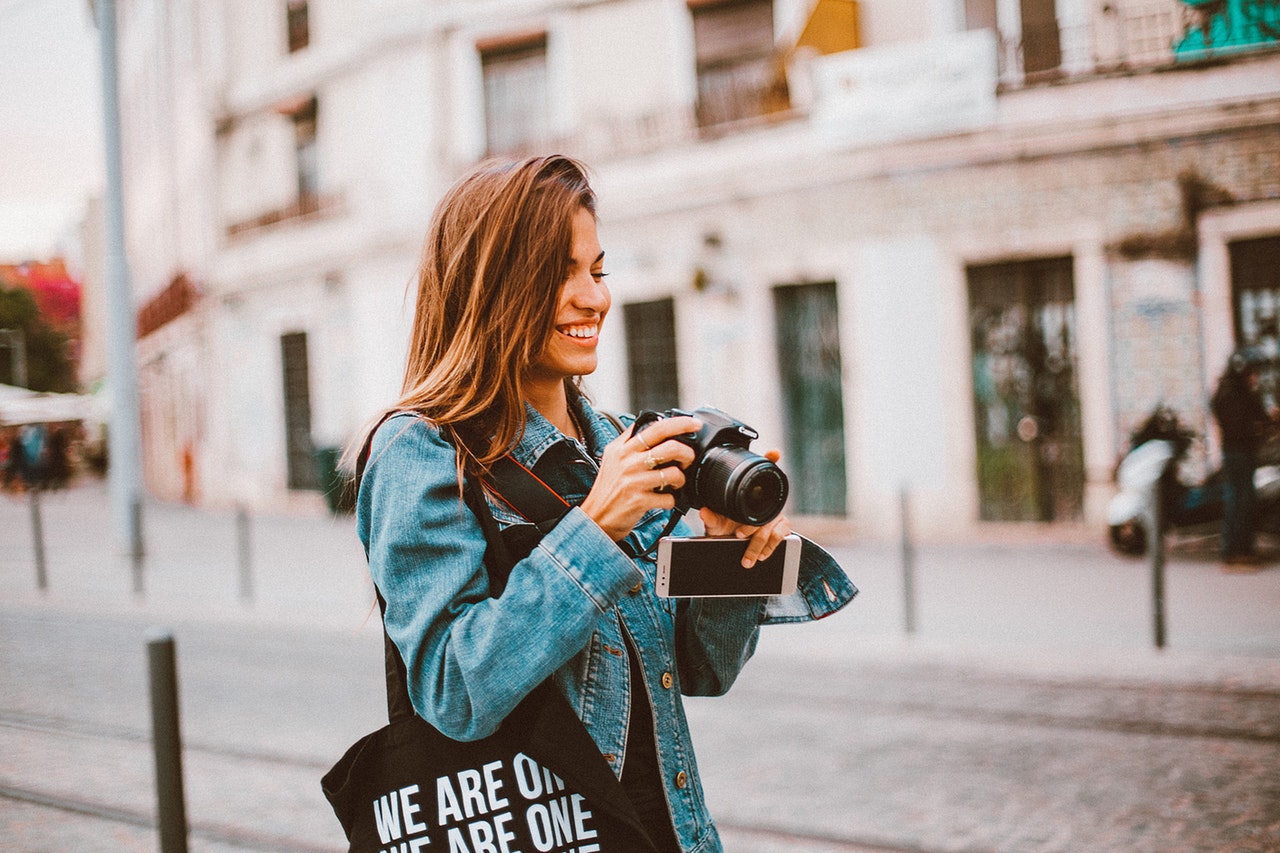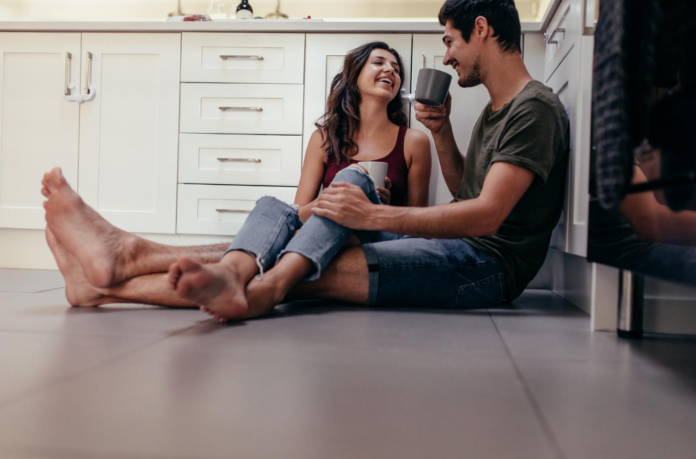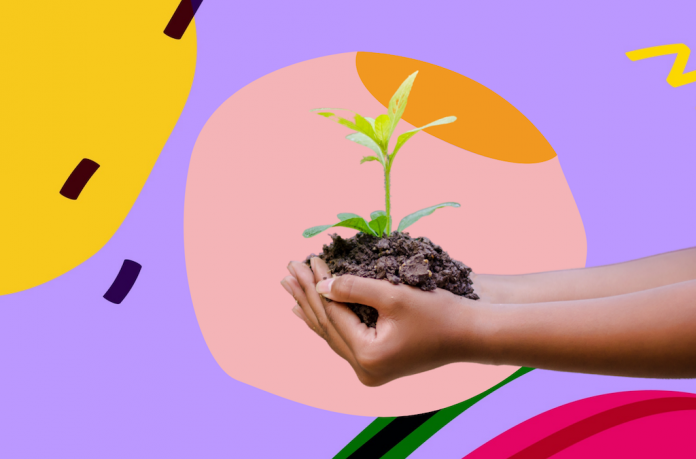This article could so succinctly be written in a single sentence … follow the dress code on the invitation. But then, we wouldn’t have a job, and you wouldn’t have something to read during a quiet few moments, now would we?
Anyway, such invitation instructions are never quite as simple as they seem, and this is particularly true if you’re attending a wedding with traditions and customs from a culture or religion different to your own.
Should you have been invited to an Indian wedding, then it’s first important to understand that there really is no such thing; an ‘Indian’ wedding won’t have a rigid set of rules and points of etiquette. Rather, there will be divergences according to regional and religious considerations, as well as the nature of the family unit, the couple’s backgrounds and more.
That said, if you’re attending a wedding in India, or one or both of the couple are from the country, then there are some basic dress code considerations to be aware of. These are those; here are 4 tips on what to wear to an Indian wedding.
LEHENGAS OR SAREE?
Generally speaking, the region of India that the groom is from dictates their attire. Are the bride and groom from the South of India? Then it’s traditional to wear a saree. Are they from the Punjab? Then a lehenga is the likely garment of choice…
Let us rewind slightly; if you’re new to Indian weddings, a lehenga is a two-piece outfit that includes a top (usually cropped) with a full, high-waisted skirt. These outfits tend to be gorgeously, elaborately decorated, and give the wearer an enviable, defined silhouette. Also commonly worn, a saree is a long piece of fabric, often made of silk, that’s used to wrap around the body.
Considering how stylish and intricate these pieces are, it’s actively encouraged for guests to bring some bling to the occasion, getting creative and personal with elements of the design. Weddingwire suggest replacing lehengas & sarees with these stunning new-age Indian jumpsuits, which give a nod both to tradition and the forward thinking, ultra-trendy urban India of the future.
Emily Truax, director of marketing tells The Knot “We see a lot of women, especially at fusion weddings, wearing a pantsuit or something that is very comfortable or flowy and may not be traditional dress”. Yep, although an Indian wedding may at first feel like it’s dictated rigidly by tradition, there is actually a fair amount of room for manoeuvre and innovation.
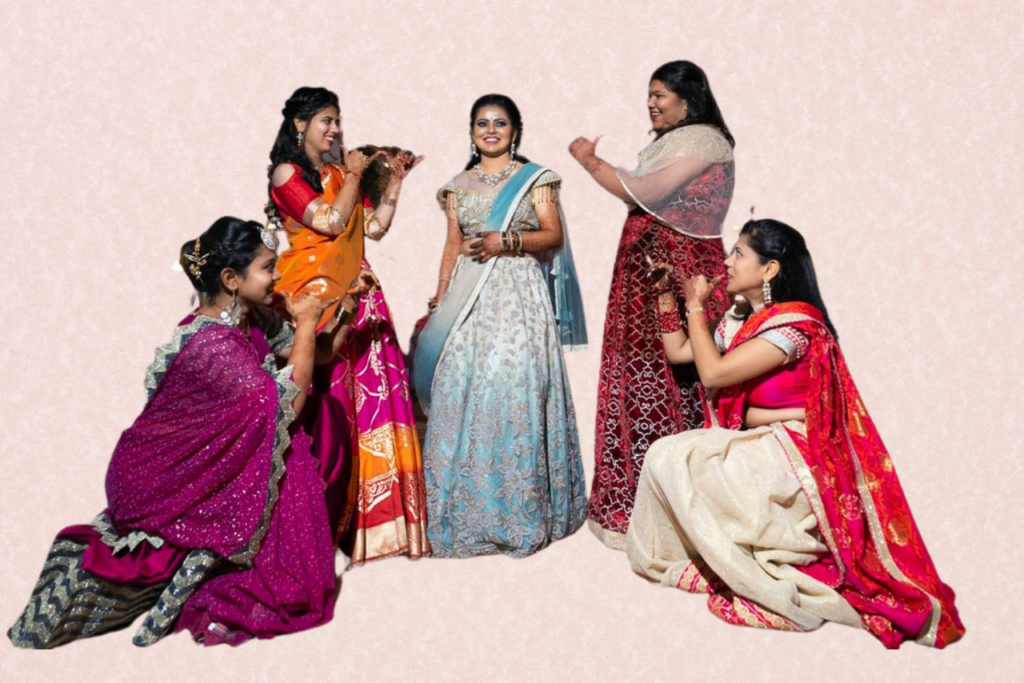
EVENTS DICTATE THE DRESS
Onita Prasada, founder of Indian and Asian couture specialist O’Nitaa, tells hitched.co.uk that Indian wedding guests “view their outfits as part of the celebratory ambiance – every garment and item is considered and guests tend to go the extra mile in terms of dress to reflect their joy and love for the couple marrying’’. This festival, frivolous atmosphere occurs irrespective of faith.
Traditionally, Indian weddings last for three days – with the buildup to the ceremony just as significant and celebrated as the ceremony itself. Pre-wedding functions include a Ganesha Pooja followed by the Sangeet, which is all about dancing, so you’ll need an outfit you can move in.
Next, the Mehendi ceremony (henner party) is a playful and brightly coloured affair, and then, there is the all important wedding ceremony on the third day followed by a reception in the evening. Each event has its own vibe – each with it’s own dress code; it would be considered a little lazy to wear the same attire to each.
COLOUR
When it comes to colour, first things first; avoid anything from the red, maroon and pink colour palette, as these are the colours of the traditional Asian bridal dress, not only in India but also in many parts of South Asia, South East Asia and East Asia, too.
That said, many millennial brides are choosing lighter colours in pastel hues and fiery oranges, which, while not quite breaking from tradition, show a certain rebellious streak. Best, we think, to check in with the bride on this one to avoid any colour clashes.
Away from red, the vivacious, celebratory nature of an Indian wedding calls for bright, festive colours, and vibrancy is where it’s at, whatever the season. Wedding planner Nilima Patel tells The Knot, “Guests can wear any other color except for black. It’s definitely not a color you should wear at an Indian wedding.”
What’s more, wedding expert Arpita Mehta tells Brides; “You are never overdressed at an Indian wedding, so don’t be afraid to go all out with your ensembles, jewelry, and makeup! Most guests show up in colorful outfits, but that said, choose a palette that resonates with you.”
Speaking of accessories….
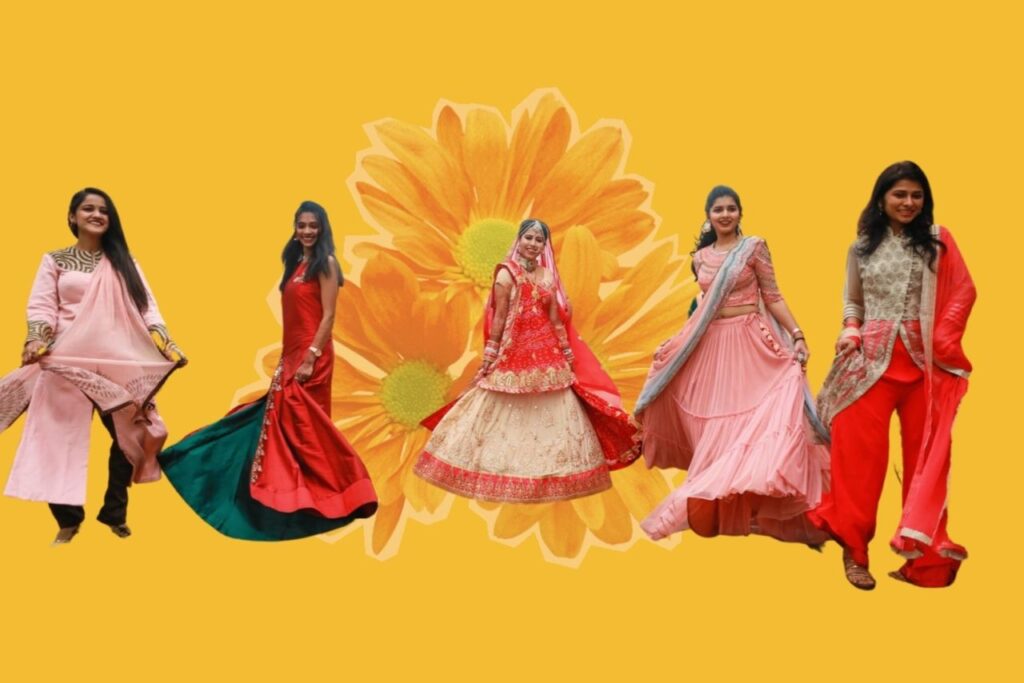
STYLE IT OUT WITH BRACELET, BANGLES & MORE
An Indian wedding is all about shimmer, glitter and shine. Brides, especially those from the North of India, are known for wearing intricate and extravagant Kundan jewellery sets.
Accessories are equally as important for wedding guests. Think bold statement pieces, like haath phool, arm bands and a maang tikka. However, if you’re going to wear a headpiece, keep things minimal so you don’t upstage the bride. And be warned, if you skip the jewellery altogether – even the dudes – you’ll almost certainly be considered underdressed.
THE BOTTOM LINE
When it comes to what you should wear as a guest, it is important to read your invitation.Many couples who hold Asian weddings in a Western country are perfectly fine with guests wearing whatever wedding attire they would normally wear to a Western wedding. However,if the invitation or couple has indicated that they would like a more traditional look for their wedding, you should look to invest in an appropriate outfit. Here’s to the happy couple!
Hey, while we’re on the subject of dressing and behaving appropriately for the occasion, check out these 7 wedding etiquette tips for being a great guest, applicable for anywhere in the world, we think.


